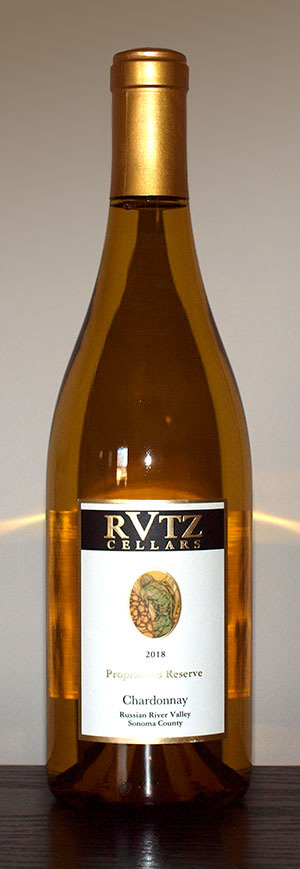 Keith Rütz’s first career track was in the fashion industry. He was the proprietor of two trendy clothing boutiques located near the UC Berkeley campus. To search out the latest styles, he frequently travelled to both London and Paris. It was in France where he began to develop his love of Burgundy and interest in wine generally.
Keith Rütz’s first career track was in the fashion industry. He was the proprietor of two trendy clothing boutiques located near the UC Berkeley campus. To search out the latest styles, he frequently travelled to both London and Paris. It was in France where he began to develop his love of Burgundy and interest in wine generally.
This growing interest was also informed by Rütz’s ancestral roots, which go back six generations to his great great grandfather, Fernand Lebegue, who grew up in Aigne, in France’s Languedoc region. There he worked as a cooper, fashioning barrels from the Vosges, Nevers, Allier, and Troncais forests, all famous sources for top-quality barrels used in wine production.
After graduating from UC Berkely, Rütz spent several years working in the fashion industry, eventually starting his own business in 1982 that produced belts for such icons as Kenneth Cole and Anne Klein.
Due to the demands of ever-changing fashion, Rütz traveled frequently, visiting Asia and South America five times each year, Europe (and France in particular) another three times a year, and an annual pilgrimage to New York for the beginning of the fashion season.
“It finally became very exhausting,” Rütz recalled. “I led what you would call a completely hectic existence. The fashion industry is one of getting to the top and staying there. There is little respite.”
 Although during this period Rütz’s life was quite frantic, in 1992 he carved out enough free time to start Rütz Cellars in the Russian River Valley, where, in addition to being the owner, he was also the winemaker, focusing on California Pinot Noir and Chardonnay in the tradition of his favorite Burgundian wines. From the beginning, his stated goal was “to make the finest small-batch wines possible that would stand up to those made by the top French producers.”
Although during this period Rütz’s life was quite frantic, in 1992 he carved out enough free time to start Rütz Cellars in the Russian River Valley, where, in addition to being the owner, he was also the winemaker, focusing on California Pinot Noir and Chardonnay in the tradition of his favorite Burgundian wines. From the beginning, his stated goal was “to make the finest small-batch wines possible that would stand up to those made by the top French producers.”
“I had been able to combine the fashion and winery aspects of my businesses quite easily,” Rütz noted, “whenever I traveled to Europe for a fashion event I was able to tote some wines and get people interested in my products. They found my approach quite novel and that was all right by me. When I finally realized that we were represented in twelve countries and just about every major market in the United States, I knew I had to do something about it.”
That “something” was to leave the world of fashion behind and focus solely on Rütz Cellars. “I have always believed that quality will dictate the size of any winery,” he shared. “What I want to do at this point is produce the very finest wine I am capable of producing. I am also a firm believer in not rushing the process, so I imagine what I envision could take quite some time.”
In 2020, Rütz Cellars expanded into the Chalk Hill appellation for Cabernet Sauvignon production, as well as Napa Valley in the Rutherford AVA working with the Morisoli Vineyard. Rütz brought on winemaker Mike Trujillo to oversee the production of that varietal under the Domaine Rütz label.
The Russian River Valley AVA
The Russian River Valley got its name when Russian settlers arrived along the Sonoma Coast at historic Fort Ross. There, they found that the fertile soils of the area were excellent for farming in general and grape-growing in particular.
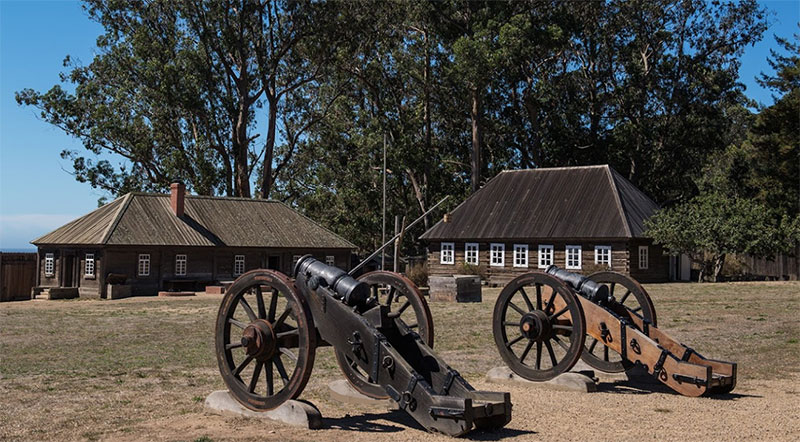
Fort Ross. Photo: Harald Padeborn
This AVA is best-known for Pinot Noir and Chardonnay, The region earned AVA status in 1983, and comprises 15,000 vineyard acres and 70 wineries. Rütz Cellars sources fruit from such respected vineyards as Dutton Ranch, Martinelli , and Bacigalupi.
In the growing season, warm daytime temperatures plummet when fog regularly intrudes from the Petaluma Gap to the south, and the Russian River to the west. In the late afternoon, a fog bank can often be seen hovering above the appellation’s border in the hills west of Sebastopol.
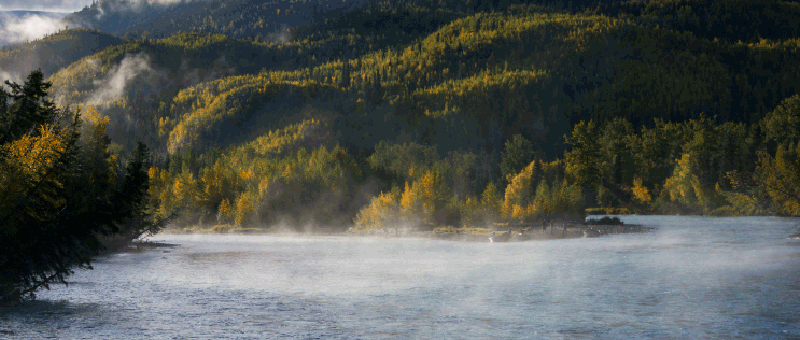
Rütz Proprietor’s Reserve Chardonnay 2018
This is 100% Chardonnay, all sourced from the Russian River Valley. While it was aged in French Allier and Troncais oak, all of it must have been previously used, as the wood is barely noticeable. It is the typical pale gold, with moderate aromatics of citrus and a hint of stone fruit like golden apple and pears. Grapefruit and limestone dominate on the refreshing palate. There is plenty of supporting acidity, and just a bit of bitterness at the end. 950 cases were produced, and the alcohol is 13.9%.
Top of page: https://winervana.com/blog/

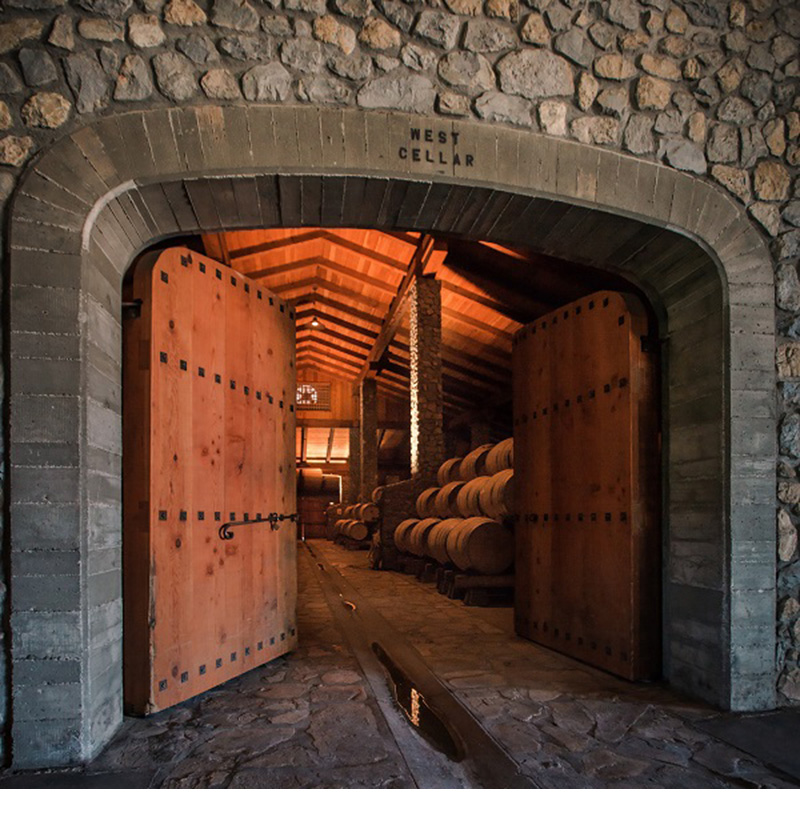
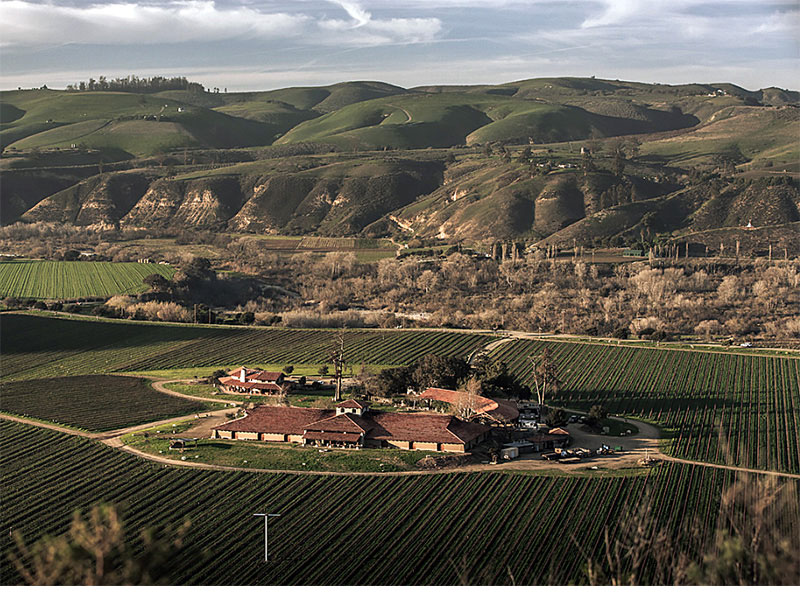 Rely on wine professionals. These can include salespersons at your local wine shop as well as sommeliers at high-end restaurants. Don’t be intimidated that these people know more about wine than you do. Of course they do, that’s their job. Their job is also to sell you something you might like rather than make you feel ignorant. (If any of these people does that, immediately take your business elsewhere.) Feel free to provide as much information as possible, like “I don’t like sweet wine.” “I only drink sweet wine.” “I prefer wines from Hungary.” (Hey, it could happen.) “I like the idea of organic wines, but can’t seem to find any.”
Rely on wine professionals. These can include salespersons at your local wine shop as well as sommeliers at high-end restaurants. Don’t be intimidated that these people know more about wine than you do. Of course they do, that’s their job. Their job is also to sell you something you might like rather than make you feel ignorant. (If any of these people does that, immediately take your business elsewhere.) Feel free to provide as much information as possible, like “I don’t like sweet wine.” “I only drink sweet wine.” “I prefer wines from Hungary.” (Hey, it could happen.) “I like the idea of organic wines, but can’t seem to find any.”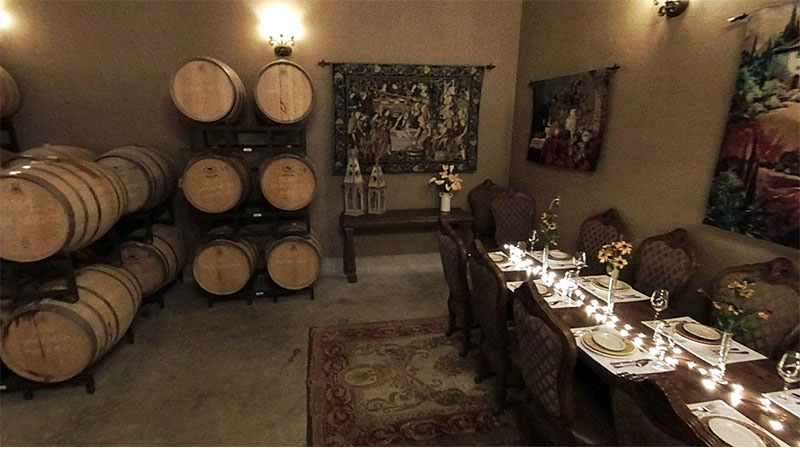
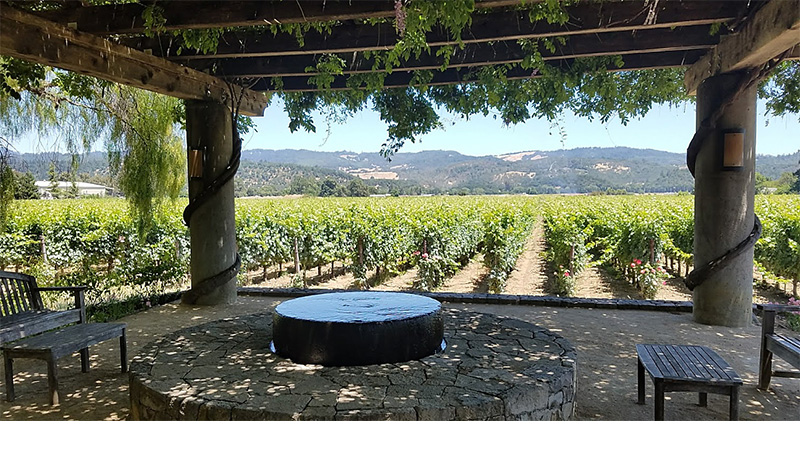
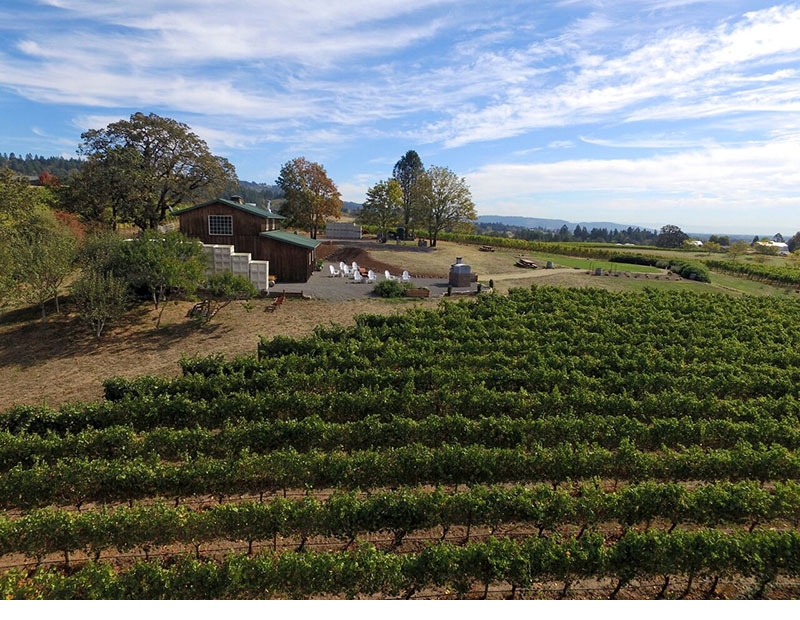 There are plenty of wine courses, catering to every level. As a way to increase your wine knowledge, these can range from easy and nearly effortless, to a real commitment of both time and money. It all depends on what suits you. Here are just a few:
There are plenty of wine courses, catering to every level. As a way to increase your wine knowledge, these can range from easy and nearly effortless, to a real commitment of both time and money. It all depends on what suits you. Here are just a few:
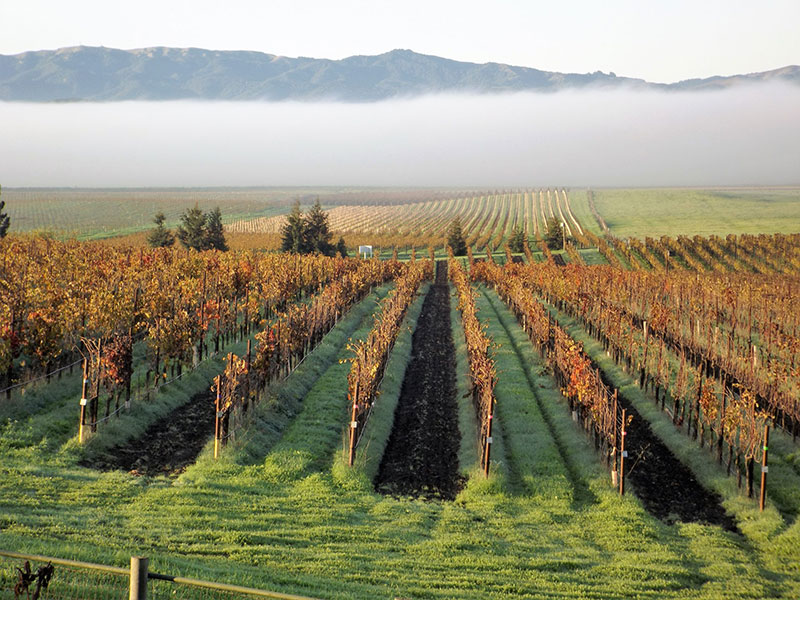 These days, wine drinkers are increasingly seeing the words sustainable, organic, and biodynamic on wine bottles and in wine producers promotional materials. Stewardship of the land and the lack of chemicals sound appealing, and who doesn’t like something that is dynamic? But what, really, do these terms mean? In fact, they are not just amorphous “feel good” terms, but do have specific definitions as well as institutional certifications to go along with them.
These days, wine drinkers are increasingly seeing the words sustainable, organic, and biodynamic on wine bottles and in wine producers promotional materials. Stewardship of the land and the lack of chemicals sound appealing, and who doesn’t like something that is dynamic? But what, really, do these terms mean? In fact, they are not just amorphous “feel good” terms, but do have specific definitions as well as institutional certifications to go along with them.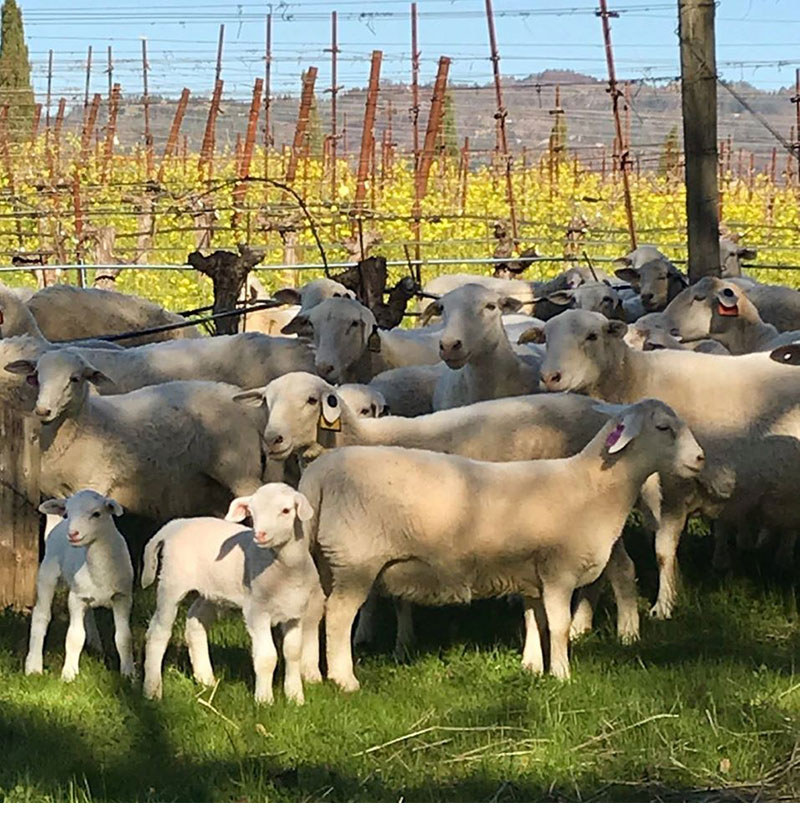
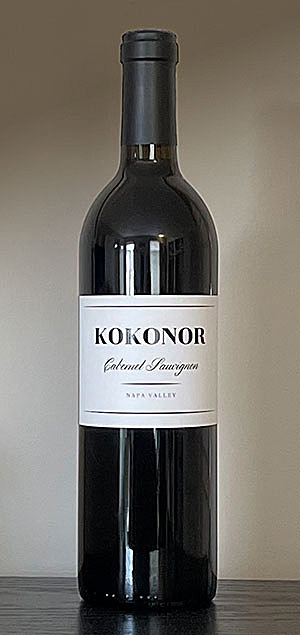 There are many ways to buy wine: at a wine shop or liquor store, at a grocery store, or through a winery’s wine club, among others. There is another option that I use on occasion. These are online “flash sites” that offer one or even a few different bottles for sale per day, at discounts of around 15 to 70%, often with free shipping if you place a minimum order, which tends to be three to six bottles and varies with the price. How do they do this?
There are many ways to buy wine: at a wine shop or liquor store, at a grocery store, or through a winery’s wine club, among others. There is another option that I use on occasion. These are online “flash sites” that offer one or even a few different bottles for sale per day, at discounts of around 15 to 70%, often with free shipping if you place a minimum order, which tends to be three to six bottles and varies with the price. How do they do this?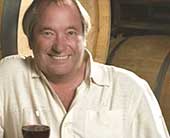 George Bursick grew up in Sonoma County, where many of his friends’ families were grape growers and he was exposed to vineyards and winemaking early on. After attending
George Bursick grew up in Sonoma County, where many of his friends’ families were grape growers and he was exposed to vineyards and winemaking early on. After attending 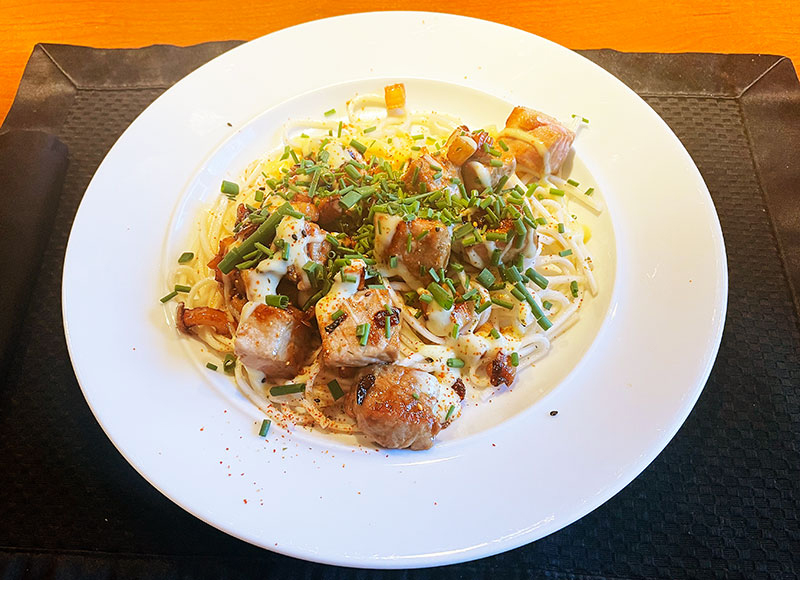 My wife recently came home with a lovely 7 ounce tuna steak. Well, I love tuna, and because of this I thought, “this isn’t going to feed the two of us.” So I began to consider how to stretch it out. The answer? Tuna pasta, Japanese-style!
My wife recently came home with a lovely 7 ounce tuna steak. Well, I love tuna, and because of this I thought, “this isn’t going to feed the two of us.” So I began to consider how to stretch it out. The answer? Tuna pasta, Japanese-style!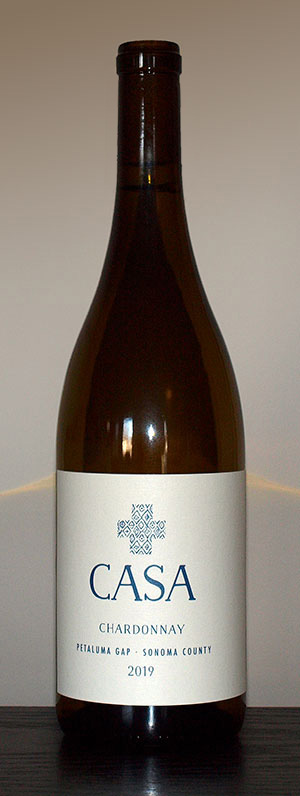
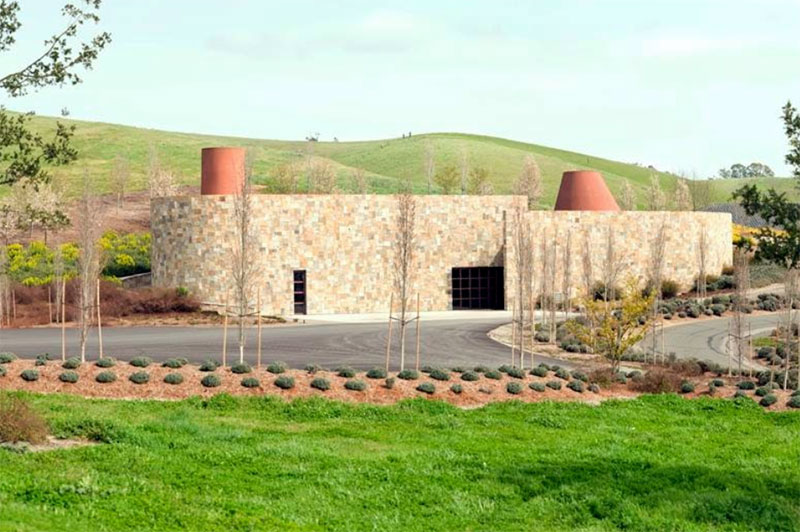
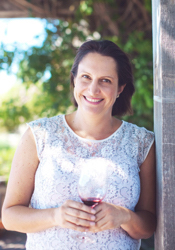 Raised in Mexico, Ana’s first exposure to wine came early in life when she spent her holidays in France’s Loire Valley harvesting grapes. “When my father asked me to join him in establishing Keller Estate, I was overjoyed,” she related. “We have accomplished much of what we initially set out to do, and it’s up to me to continue to make sure our quality never fluctuates.”
Raised in Mexico, Ana’s first exposure to wine came early in life when she spent her holidays in France’s Loire Valley harvesting grapes. “When my father asked me to join him in establishing Keller Estate, I was overjoyed,” she related. “We have accomplished much of what we initially set out to do, and it’s up to me to continue to make sure our quality never fluctuates.”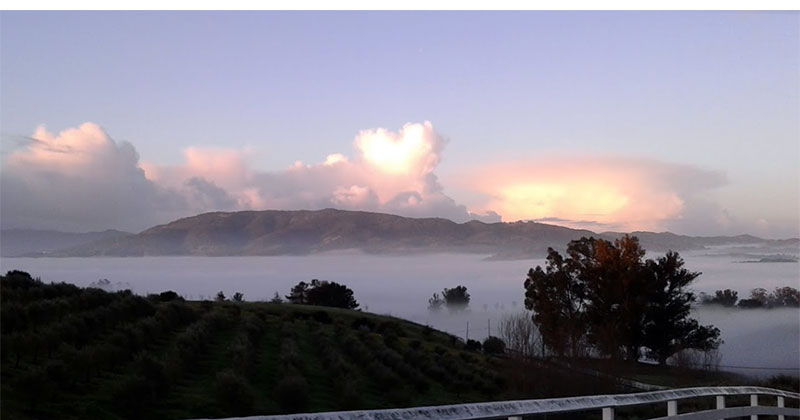
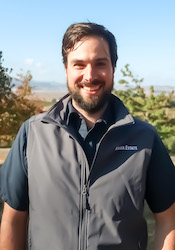 Born in Goettingen, Germany, Julien Teichman joined Keller Estate in 2018. His passion for fermentation began with an internship at a brewery. He next spent some time in Florence, Italy where he had his first contact with winemaking and vineyards. Julien then earned a degree in winemaking from the
Born in Goettingen, Germany, Julien Teichman joined Keller Estate in 2018. His passion for fermentation began with an internship at a brewery. He next spent some time in Florence, Italy where he had his first contact with winemaking and vineyards. Julien then earned a degree in winemaking from the 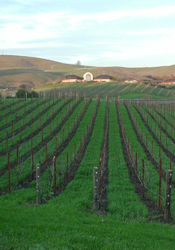 The Keller Estate La Cruz Vineyard features an intricate stone cross sculpture that boldly stands over the vines, and was named to represent the family’s Mexican heritage.
The Keller Estate La Cruz Vineyard features an intricate stone cross sculpture that boldly stands over the vines, and was named to represent the family’s Mexican heritage.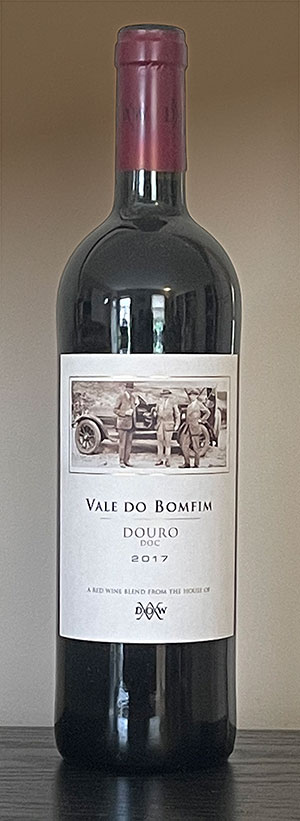 In the 1970s, Portugese rosés such as Lancers and Mateus were the height of sophistication to many young wine drinkers: “It’s imported, and comes in a fun bottle!” With age comes wisdom however, and these wines were largely abandoned for the justifiably famous fortified wines of Portugal, Port and Madeira, produced by many ancient and famous houses.
In the 1970s, Portugese rosés such as Lancers and Mateus were the height of sophistication to many young wine drinkers: “It’s imported, and comes in a fun bottle!” With age comes wisdom however, and these wines were largely abandoned for the justifiably famous fortified wines of Portugal, Port and Madeira, produced by many ancient and famous houses.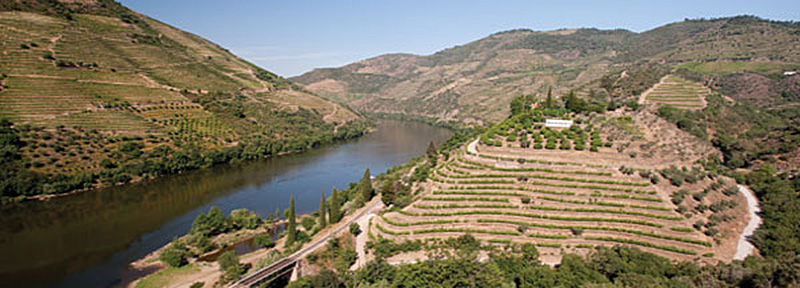
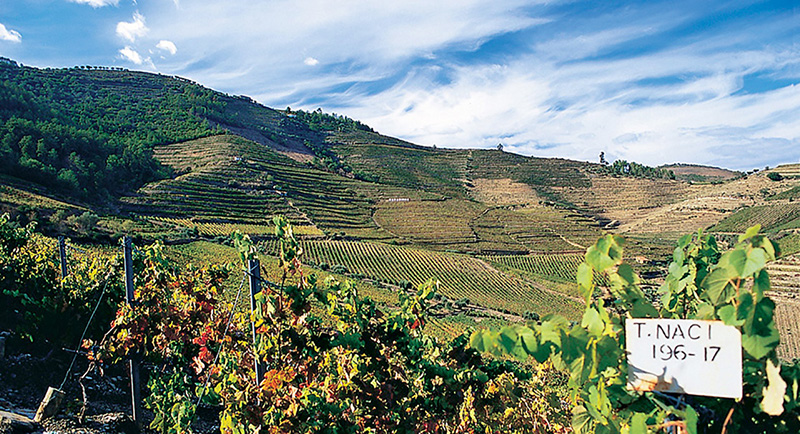
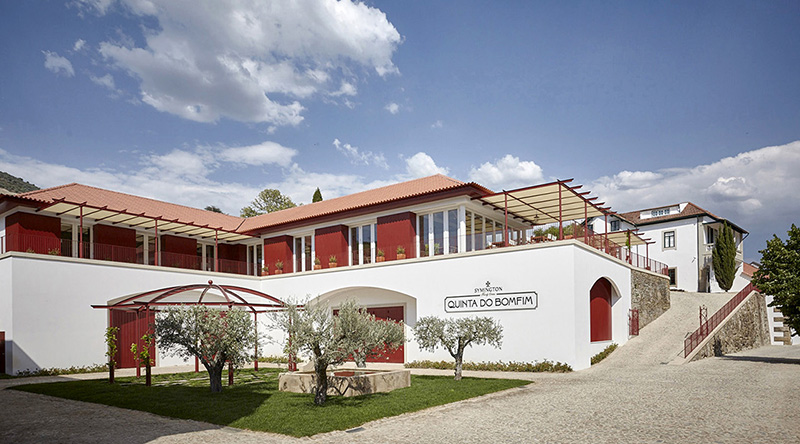
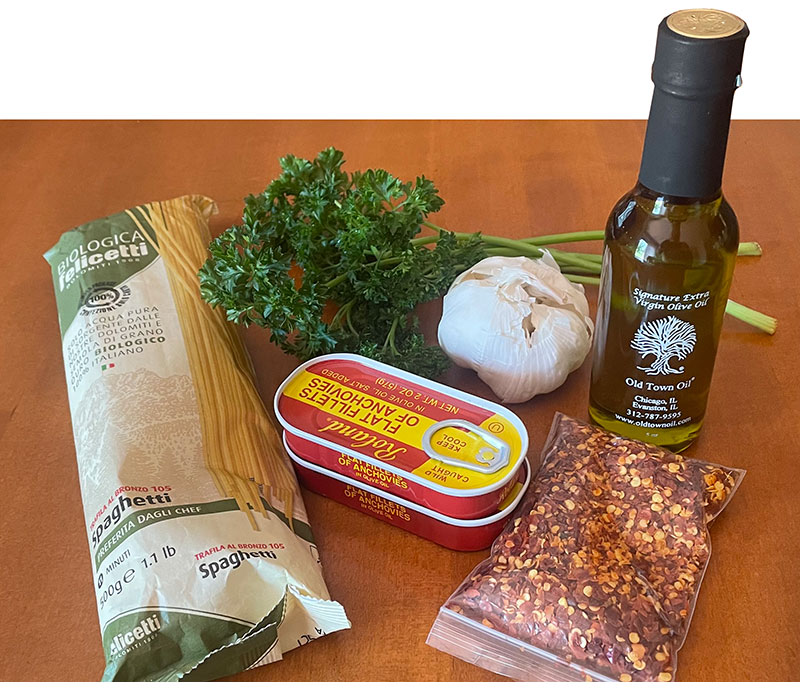 If you are looking for an easy and delicious week-night meal, you can’t go wrong with Spaghetti Aglio e Olio, or literally Spaghetti Garlic and Oil.
If you are looking for an easy and delicious week-night meal, you can’t go wrong with Spaghetti Aglio e Olio, or literally Spaghetti Garlic and Oil.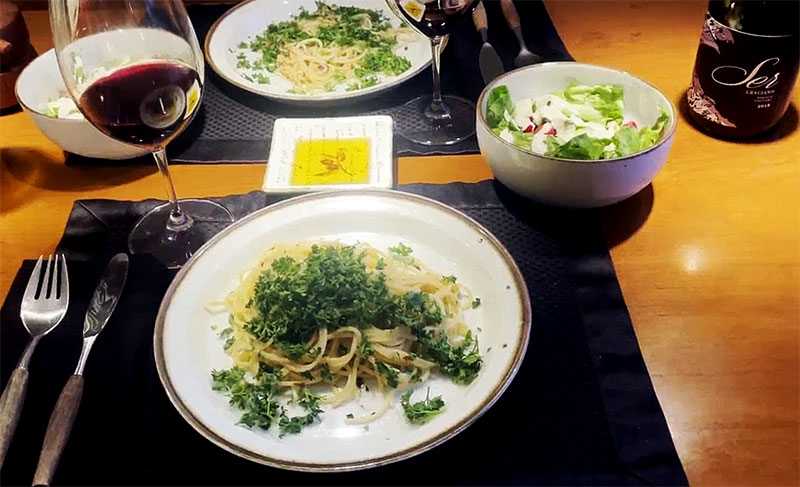
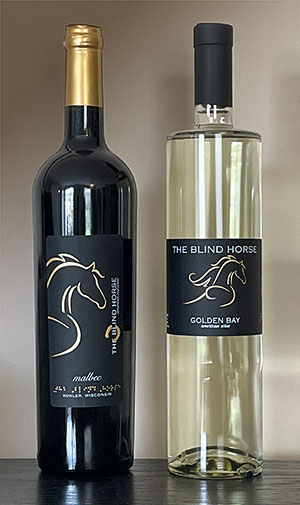 Established in 1846,
Established in 1846, 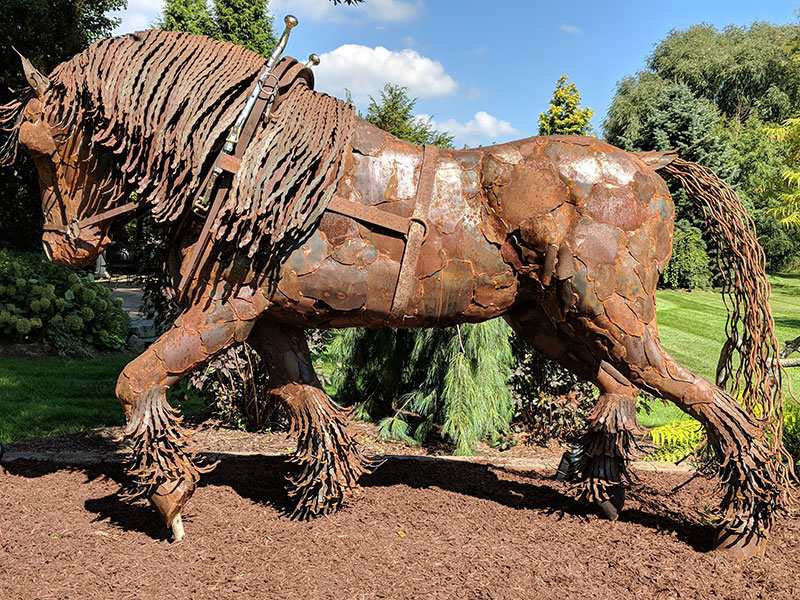
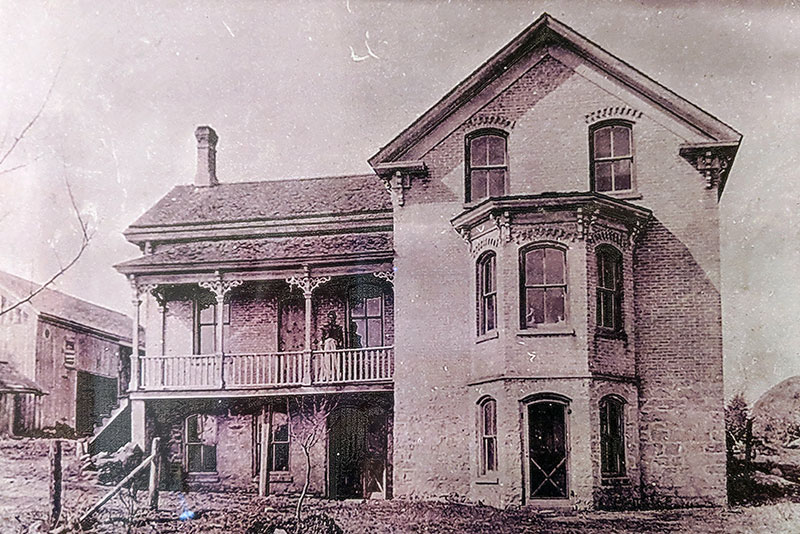
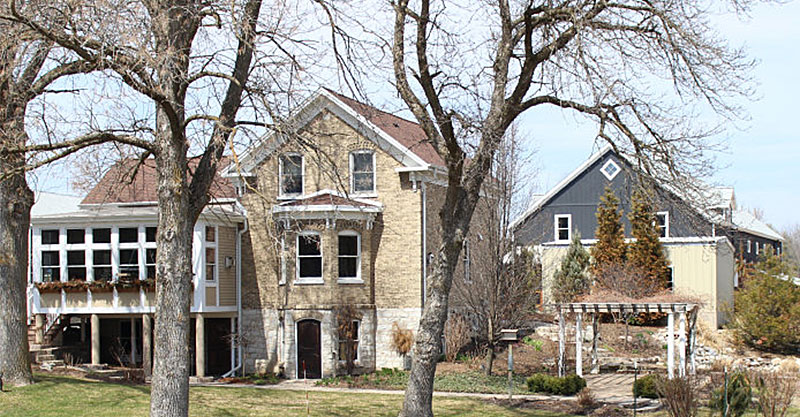
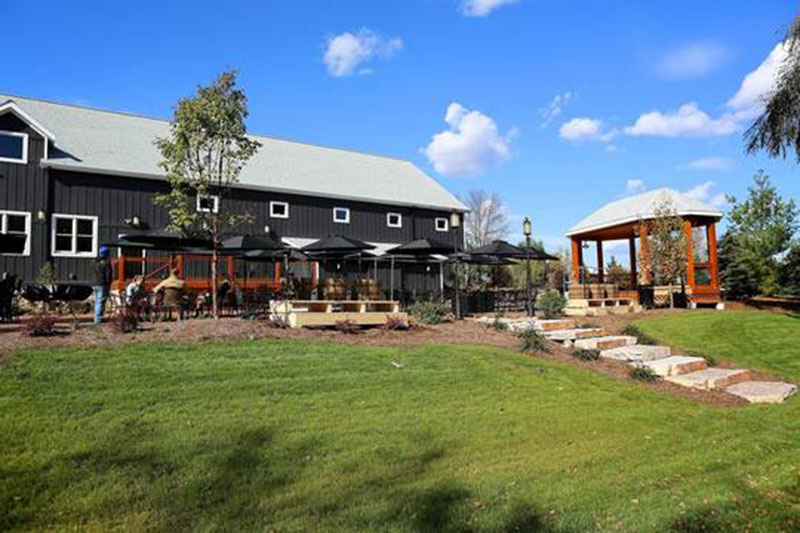
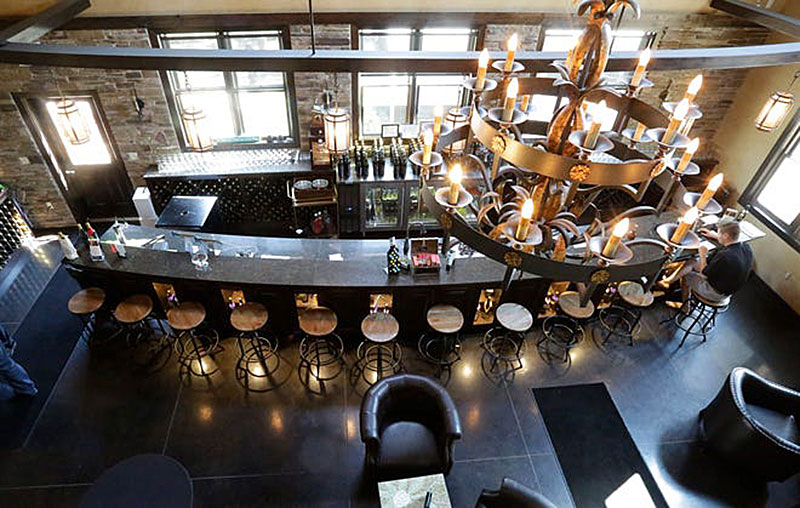
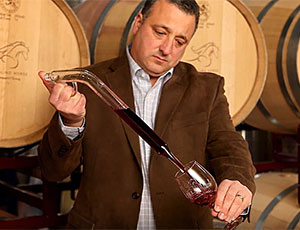 After working in the IT field in New Jersey, Thomas Nye started The Grape Escape winery there with his wife, Nancy, a Sheboygan native. They sold The Grape Escape when Nye was presented with the opportunity to move to Wisconsin and become winemaker and general manager at The Blind Horse Winery. A 12-year winemaking veteran. Nye follows a minimalist style of winemaking, believing that this enables the natural qualities of the fruit to dominate in the finished wine. He strives to “make wine in the field,” a
After working in the IT field in New Jersey, Thomas Nye started The Grape Escape winery there with his wife, Nancy, a Sheboygan native. They sold The Grape Escape when Nye was presented with the opportunity to move to Wisconsin and become winemaker and general manager at The Blind Horse Winery. A 12-year winemaking veteran. Nye follows a minimalist style of winemaking, believing that this enables the natural qualities of the fruit to dominate in the finished wine. He strives to “make wine in the field,” a 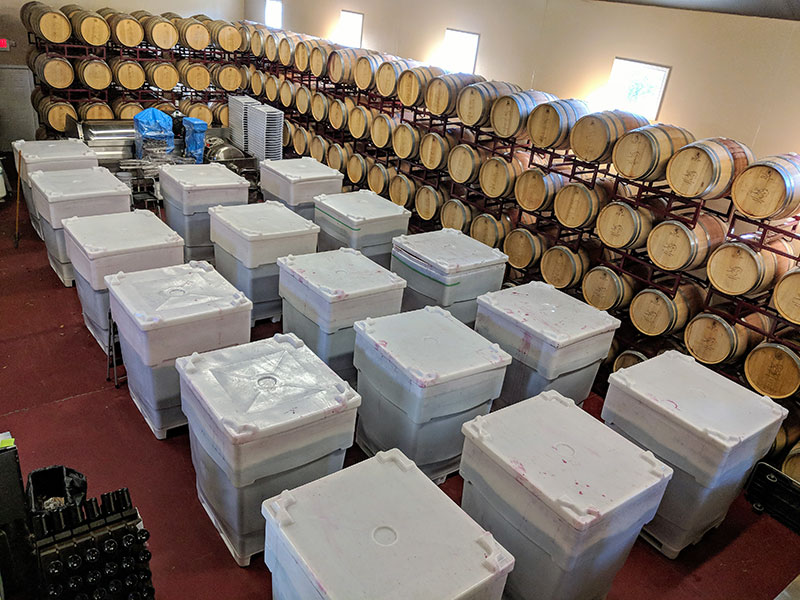
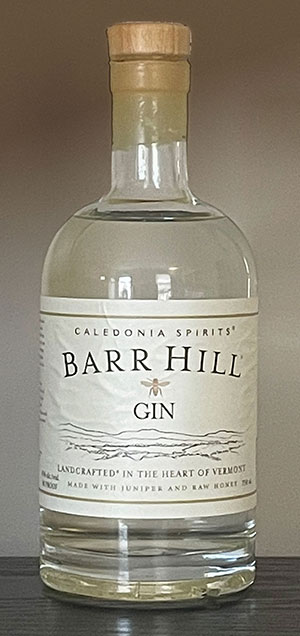 When it comes to a martini, I roll hard-core old style. Pimento stuffed olive. Just a few drops of vermouth. Shaken, not stirred. Gin and glass straight out of the freezer. And, that gin is almost always Bombay Sapphire.
When it comes to a martini, I roll hard-core old style. Pimento stuffed olive. Just a few drops of vermouth. Shaken, not stirred. Gin and glass straight out of the freezer. And, that gin is almost always Bombay Sapphire.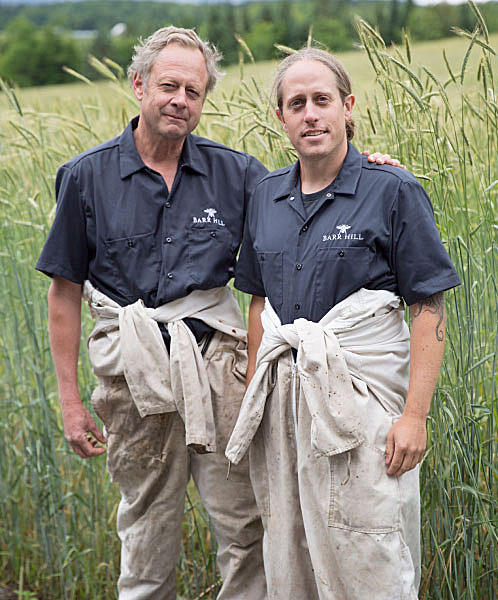
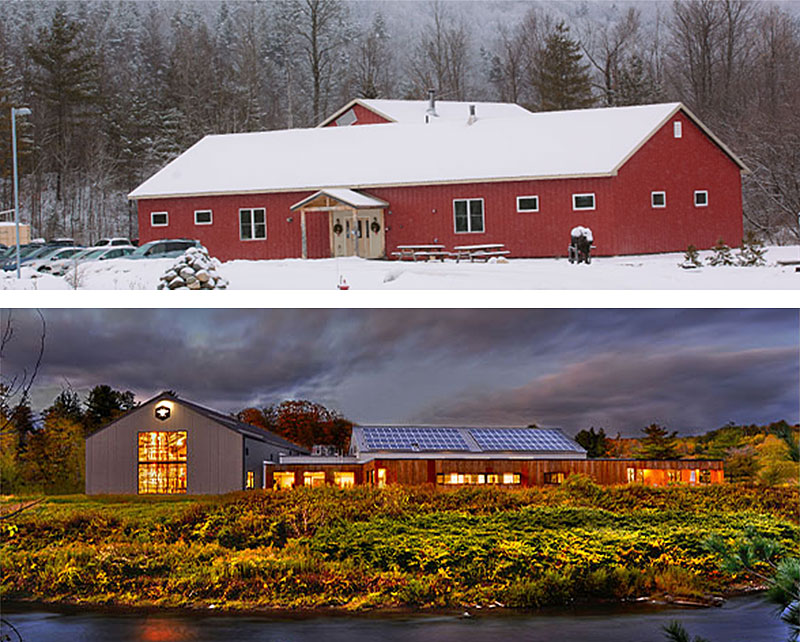
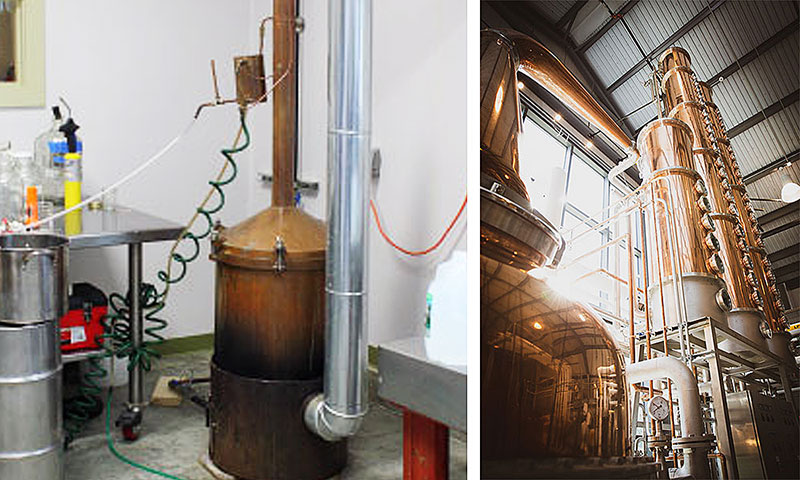
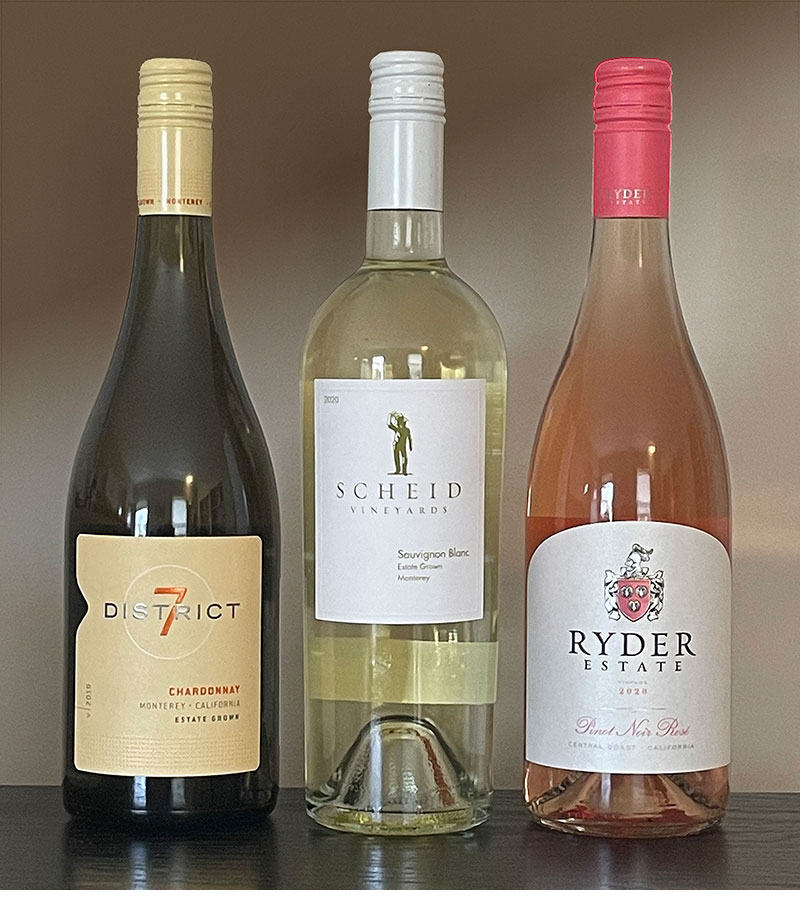
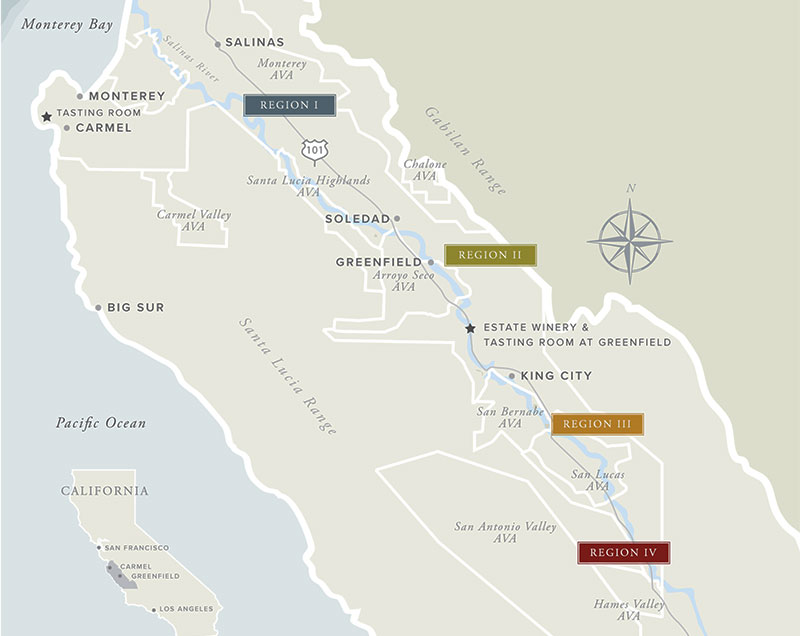 Nestled between the Gabilan mountain range to the east and the Santa Lucia Mountains to the west, the Salinas Valley enjoys a cool coastal climate due to the influence of Monterey Bay. Here, grapes can ripen more slowly and evenly, resulting in a growing season which can be up to two months longer than other wine growing regions in California. Scheid currently farms about 4,000 acres spread over 12 estate vineyards located along a 70-mile stretch of the Salinas Valley.
Nestled between the Gabilan mountain range to the east and the Santa Lucia Mountains to the west, the Salinas Valley enjoys a cool coastal climate due to the influence of Monterey Bay. Here, grapes can ripen more slowly and evenly, resulting in a growing season which can be up to two months longer than other wine growing regions in California. Scheid currently farms about 4,000 acres spread over 12 estate vineyards located along a 70-mile stretch of the Salinas Valley. Looming over the Scheid estate vineyard is a wind turbine, installed in July 2017. It generates 4.65 million kilowatt-hours of clean energy every year, enough to provide 100% of the power needed to run the winery and bottling operations, plus power for an additional 125 local homes. Just this one turbine offsets over 3,600 metric tons of CO2 emissions annually.
Looming over the Scheid estate vineyard is a wind turbine, installed in July 2017. It generates 4.65 million kilowatt-hours of clean energy every year, enough to provide 100% of the power needed to run the winery and bottling operations, plus power for an additional 125 local homes. Just this one turbine offsets over 3,600 metric tons of CO2 emissions annually.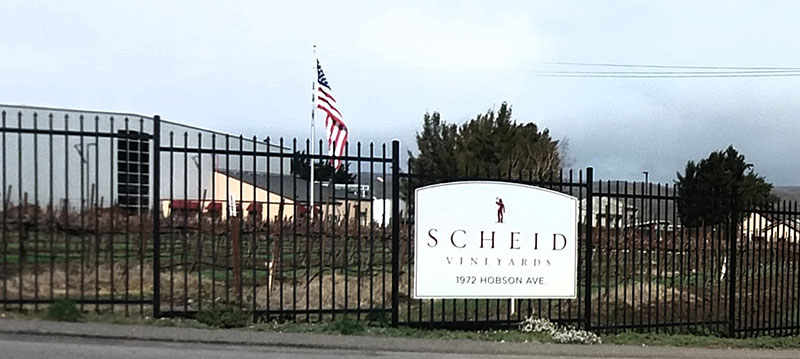

 The name refers to Scheid’s official regional designation within California. The fruit was sourced from their cooler estate vineyards in Monterey. The juice was fermented for 14 months in 75% stainless steel and 25% new French oak.
The name refers to Scheid’s official regional designation within California. The fruit was sourced from their cooler estate vineyards in Monterey. The juice was fermented for 14 months in 75% stainless steel and 25% new French oak.

 One fine spring day in 1972, attorney, private pilot, and wine aficionado Fred Fruth was piloting his plane over the Russian River Valley area. Down below, he saw a natural amphitheater carved into the hills of eastern Sonoma. In addition to this other interests, he had been thinking of starting a winery, and it seemed as if this might just be the place to do it.
One fine spring day in 1972, attorney, private pilot, and wine aficionado Fred Fruth was piloting his plane over the Russian River Valley area. Down below, he saw a natural amphitheater carved into the hills of eastern Sonoma. In addition to this other interests, he had been thinking of starting a winery, and it seemed as if this might just be the place to do it.


















